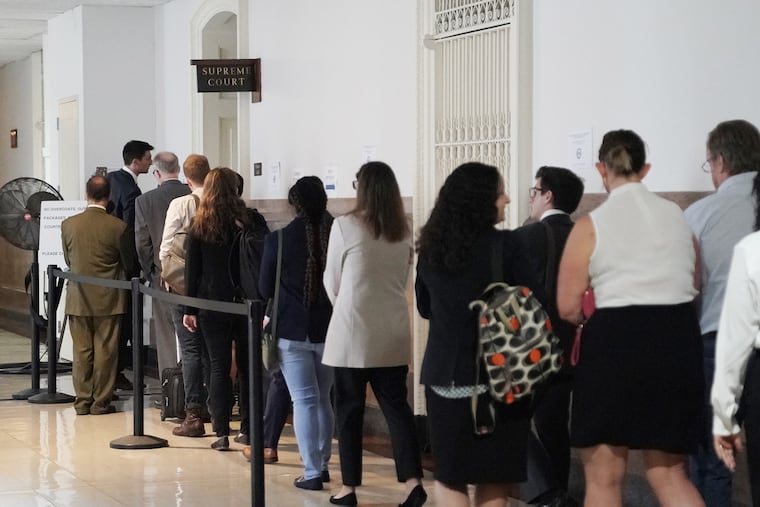Pennsylvania Supreme Court is right to reject petition against death penalty | Opinion
Stronger eyewitness identification and standards of proof can chart a reasonable middle course between abolition and the status quo.

Stronger eyewitness identification and standards of proof can chart a reasonable middle course between abolition and the status quo.
